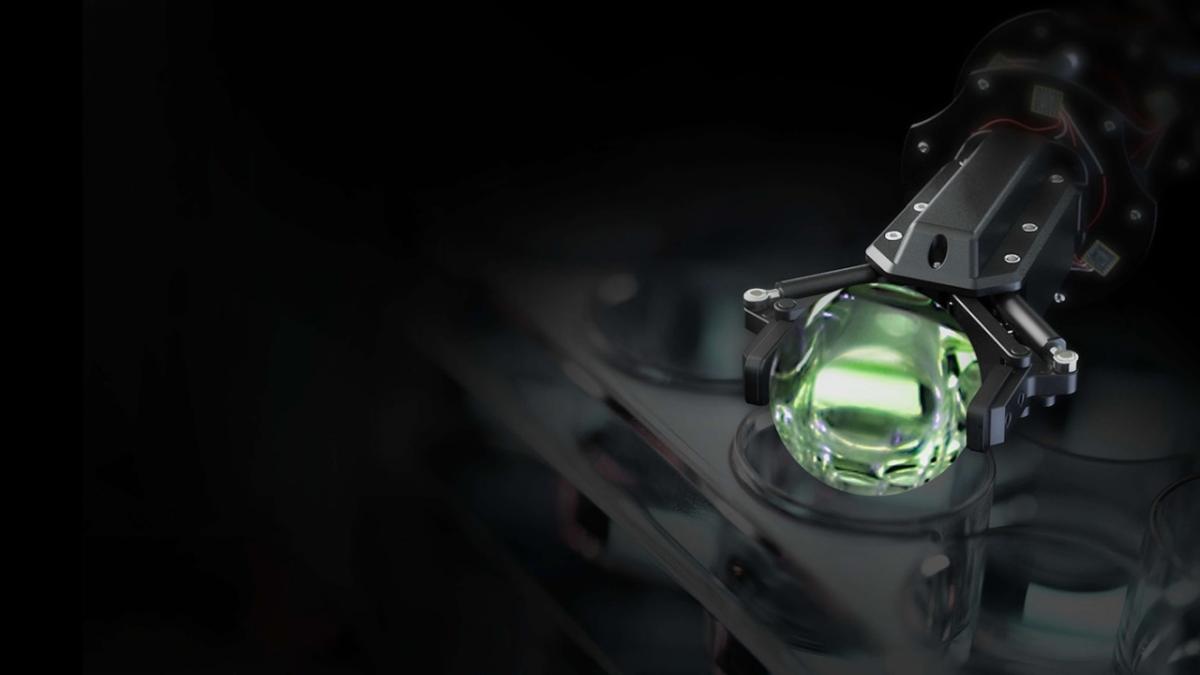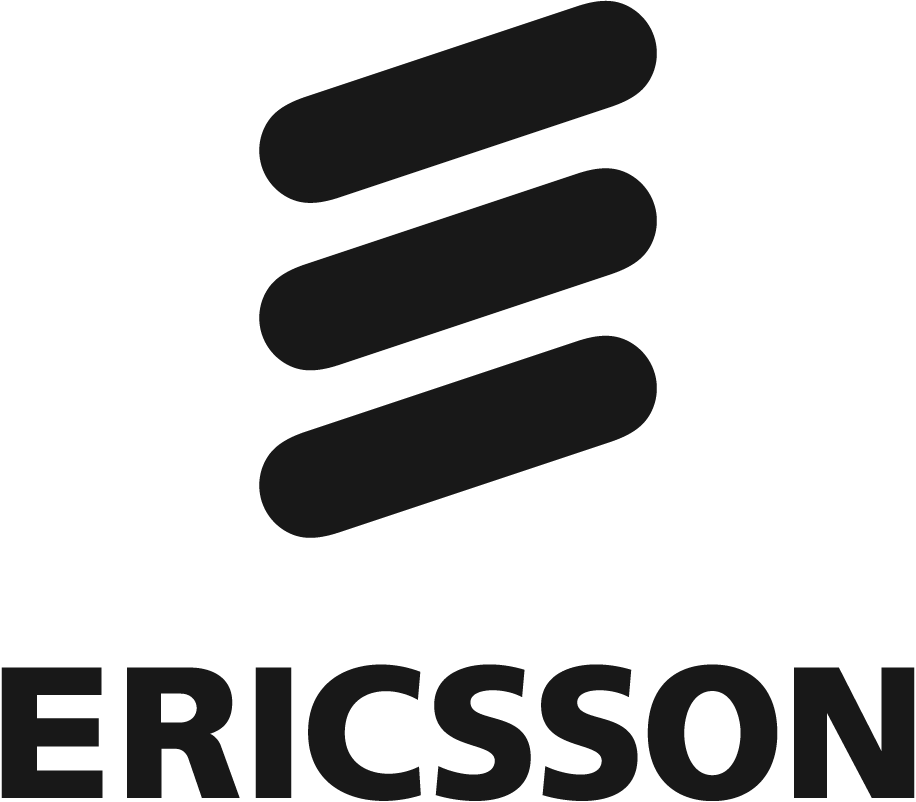Zero-Energy Devices - A New Opportunity in 6G

Today’s massive machine-type communication provides data rates of up to a few hundred kilobits per second. NarrowBand Internet of Things (NB-IoT) and LTE for Machines (LTE-M) are two closely related technologies that are used in today’s commercial 4G and 5G networks to handle applications such as remote meter reading. Although the battery life of NB-IoT/LTE-M devices can be up to ten years in some cases, battery replacement or charging limits the applicability of these devices. This is especially true when considering massive deployments of tens of thousands of devices. Moreover, the battery life is dependent on the transmission and reception duty cycles and is significantly reduced if an NB-IoT/LTE-M device transmits or receives data every few minutes.
Fast forward ten years into the future and imagine similar use cases but without the hassle of replacing or charging the battery. Enter the era of zero-energy devices, devices that from the end-user perspective operate without a battery. Instead, the energy necessary for communication is harvested from the surroundings from vibrations, from light, from temperature gradients, or even from the radio-frequency waves themselves.
Packages in a warehouse can be tracked by using low-cost, zero-energy devices, potentially printed directly on the boxes –this could work even if the box is behind other boxes, avoiding the use of optical bar codes. The box may even provide information on, for example, temperature or humidity in the box, something which is not possible with a passive bar code. Monitoring the environment is another scenario where miniaturized, low-cost, zero-energy devices can play a role.
In the future, ubiquitous zero-energy devices will help us monitor pollution, weather or even disease prevalence. Zero-energy devices could also transform the retail industry. Imagine you’re in a department store shopping for a shirt. As soon as you pick one up from a shelf, the zero-energy device embedded in the shirt’s tag tells the store network that you’re interested in that particular shirt style or model. With that information, the TV screens in your vicinity could offer you additional options for similar shirts and accessories. All this without the user having to bother charging or replacing batteries in the thousands or even millions of zero-energy devices around!
Mind-boggling as it is, there are many research challenges that need to be resolved before this can become a reality. These challenges span multiple areas, from energy harvesting, to communication, to overall system design handling a very large number of devices. Ericsson and MIT have therefore teamed up to tackle these challenges. By combining Ericsson’s expertise in communication systems with MIT’s world-leading knowledge in devices and energy harvesting, we can move closer to the vision of zero-energy devices. Let’s start by discussing energy harvesting.
Energy harvesting
Needless to say, the power possible to harvest from miniature sources, including thermal, vibration and photovoltaic sources, is typically very low. In case of radio-frequency (RF) energy harvesting, which is one of the more challenging scenarios and the focus of the Ericsson-MIT collaboration, the harvested power is often as low as a few microwatts (μW). In comparison, the output power of the RF transceiver circuitry could be in the milliwatt range, which is substantially higher (but still very modest in comparison to NB-IoT, for example).
It therefore becomes necessary for zero-energy devices to store energy. Furthermore, the electronic circuits in a zero-energy device require a minimum input voltage to operate, a voltage that is typically many orders of magnitude larger than the voltage at the output of the antenna. How to efficiently up-convert the input voltage to values that the electronics can run on is another key challenge. Zero-energy devices, of course, consume energy, but their energy supply is extremely limited by the two challenges described above. This results in an upper limit on the amount of data possible to transmit, in many cases as low as a couple of bytes, although this is highly dependent on the distance and radio conditions. One trick to conserve energy consists in operating the devices in a duty cycled manner. However, in this case, their availability for communications will be subject to some degree of randomness, due to variations in energy availability, leakage, objects temporarily blocking the transmission path, and so on. In summary, the stringent power consumption constraints and sporadic availability of zero-energy devices pose new problems to mobile communications technology. For example, new physical-layer designs are required as a traditional transmission schemes may not be feasible.
Mobility handling will also need to be rethought. The current approach, where the devices continuously search for candidate cells and report the measurements to the network, which eventually decides whether to perform a handover or not, is suitable for current cellular systems but will quickly drain the very small energy source in a zero-energy device. New and significantly more energy-efficient methods are needed. However, in other scenarios, for example, a warehouse where the boxes (and devices) are mainly standing still, mobility handling is less of a problem.
Security
As always, security and trust are important and need to be addressed from the start in the system design process. Authentication and ciphering are used heavily in today’s cellular networks, resulting in a very high level of security. However, as an example, the energy cost of encrypting the IMSI device identity using the Identity Privacy Mechanism (IPM) as part of the connection establishment in today’s NB-IoT devices is around 5J. Compare this with a harvesting power in the μW range – just collecting enough energy for the current encryption could take several days! New, more energy-efficient security mechanisms are likely needed.
All these are interesting and challenging problems to solve, and we will address some of them in more detail in future blog posts. We certainly have a lot of work in front of us, but we – Ericsson and MIT – are convinced that together we can advance the field of zero-energy devices considerably and show how they can be integrated in cellular networks of the future!
Learn more
- Take a technical look at 5G mobile device energy efficiency.
- Here’s why the future of logistics is predictive.
- Read more about how we’re transforming industries.
- This is why eSIM standards need to change for low-power IoT.

